Super crop your way to bigger cannabis yields: A complete guide
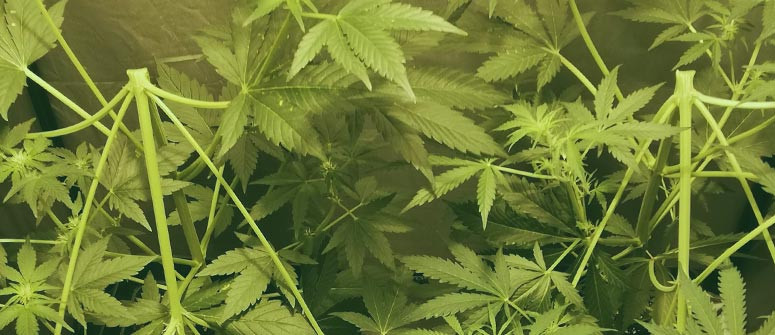
Looking to increase your cannabis yields? Super cropping might be just what you need! This article covers what super cropping is, why you should do it, when to do it, and how to do it. Plus, we'll provide some useful tips for fixing any mishaps.
Contents:
- What is super cropping cannabis?
- Why should you super crop cannabis?
- Can you only super crop the main cola of cannabis plants?
- When to super crop cannabis
- Can you super crop autoflowering cannabis?
- How to super crop cannabis
- Super cropping mishaps: What to do?
- Super cropping: The way to exceptional yields
Looking to increase the yields of your marijuana plants? Consider super cropping. This high-stress training technique involves bending and pinching stems and branches to control the shape of your weed plants and promote robust, bushy growth and bigger, more potent buds. In what follows, we'll cover the basics of this technique, the benefits, when and how to perform super cropping at home, and what to do if things go south.
What is super cropping cannabis?
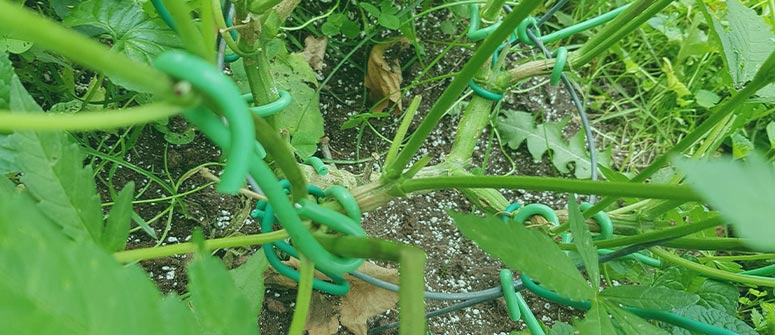
Though it may sound unnecessarily harsh to subject your plants to, super cropping is a very viable technique for increasing the yields, and potentially even the potency, of your crop. Specifically, by carefully bending and pinching the branches and stems of your plants, you can create a more even, lower canopy with equal exposure to the light source. As a result, the plants will exhibit more bushy growth and grow larger buds.
Furthermore, the stress caused by this method may also help plants to develop more trichomes, which contain the highly sought-after cannabinoids and terpenes growers so desire.
Why should you super crop cannabis?
There are many benefits to super cropping cannabis plants, including:
- Increased yield: By shaping the canopy of your plants and maximising light, you can increase overall yield significantly.
- Better bud quality: Super cropping can help to produce bigger and potentially more potent buds.
- Improved light exposure: By bending the stems, you can support better light penetration to the lower branches and/or shorter plants.
- Better air circulation: Super cropping helps to create a more open plant structure, which allows for better air circulation and reduces the risk of mould and other pathogens.
- It can be used alongside other training techniques, such as topping, LST, and main-lining.
Can you only super crop the main cola of cannabis plants?
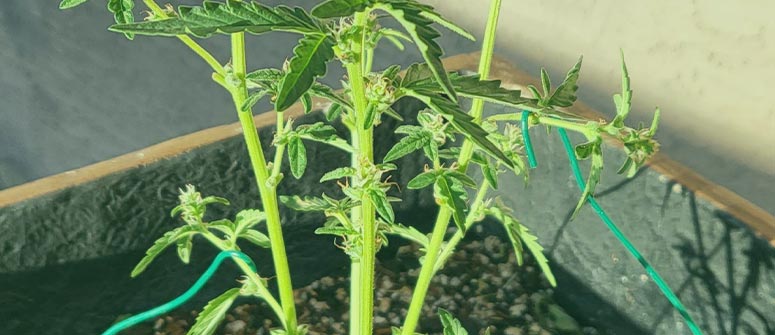
Super cropping can be performed on any branch of the cannabis plant. However, you can focus your attention on the main stem/cola if you wish—just be sure to exercise caution and not overdo it. If you lose your main source of buds, your grow is as good as over.
When to super crop cannabis
Super cropping should be performed during the vegetative stage of the cannabis grow cycle, once the plant has developed three nodes. This is the stage in which the plant is actively growing, and you can shape and mould it to your liking. At this point, the plant is still developing new growth and is more resilient to stress.
Once the plant reaches the flowering phase, it's best to stop using this technique. Indeed, super cropping during bloom can harm the plant significantly, as the plant is focusing all of its energy on producing buds, and any stress can affect the quality and quantity of the yield. Some growers continue to super crop during the first week or so of bloom, when plants are going through a final surge in upward growth, but others choose to be safe and leave the plants be during this time.
It's important to note that super cropping is a high-stress training technique, and it can take a toll on your marijuana plants during any stage. While it can be a great way to increase yield and improve bud quality, it’s crucial to be as careful as possible in order to prevent breaking branches or killing your plant altogether.
Can you super crop autoflowering cannabis?
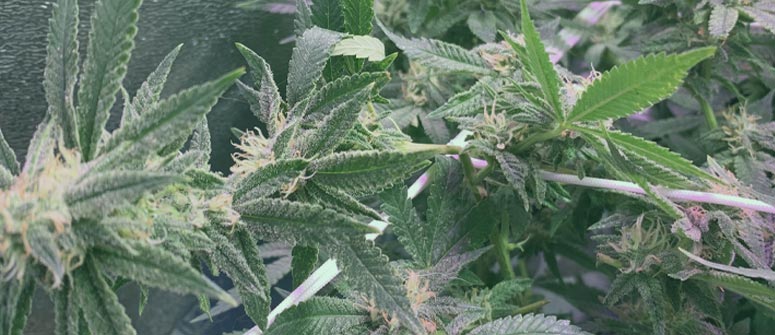
Potentially. Autoflowering cannabis plants have a shorter, predetermined vegetative stage that typically lasts just 3–4 weeks. From here, they will automatically transition into flowering (as their name suggests). With this in mind, any stress or damage you cause to plants may be too much for them to recover from before focusing on flower formation. For this reason, unless you’re an experienced grower, we would advise against supper cropping your autos.
If you do decide to super crop your autoflowering cannabis plants, it's best to do so early in the vegetative growth stage when the plant has three nodes. Be sure to monitor your plants closely and provide them with extra care and attention to help them recover from the stress.
How to super crop cannabis
Super cropping requires a bit of finesse, but with some practice, it can be easily mastered. Below are step-by-step instructions to super crop cannabis:
- Identify the stems to be bent: Look for stems and branches that are getting too tall or are blocking light from reaching other parts of the plant.
- Soften the stem: Gently squeeze the stem between your fingers to soften it. This will make the stem more pliable and easier to bend without breaking. The goal is to damage the inner lining of the stem, without breaking its outer "shell".
- Bend the stem: Using your fingers or a pair of pliers, carefully bend the stem to a 90-degree angle. Make sure not to break the stem, as this can obviously damage the plant and reduce yield.
- Secure the bent stem: Once you've bent the stem, secure it in place with appropriate gardening tape or string. Be sure not to secure the stem too tightly, as this can cut off the flow of nutrients and water to the plant.
- If you're super cropping a plant with only one main cola, you can still bend it, but be careful not to cause irreparable damage.
How long do weed plants take to recover from super cropping?
All going well, your plants should only require about 5–7 days to recover from the stress of super cropping before resuming growth as usual. That said, it's best to err on the side of caution and ensure they have even more time than this before re-training or inducing the flowering stage.
Super cropping mishaps: What to do?
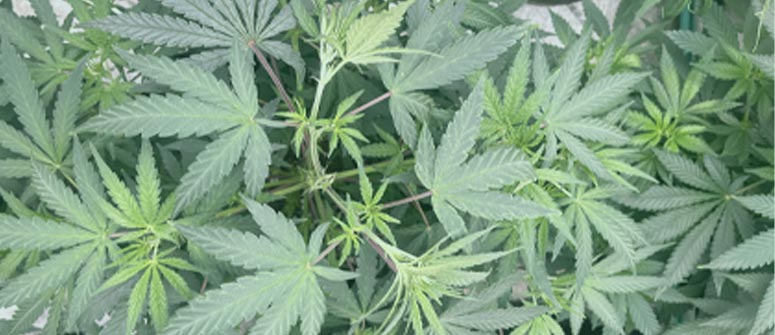
So, you were as careful as possible, but a branch snapped while you were super cropping. Though this can feel a bit traumatic, there are a few actions you can take to (hopefully) fix the problem.
If the branch is completely severed, you have two options: remove the broken branch completely, or try to repair it. If you decide on the latter, here's how to go about repairing it:
- Gather supplies: You'll need a splint and gardening tape to repair the broken branch. A splint can be made from a bamboo stick, toothpick, or anything similar in size and shape.
- Position the broken branch: Gently position the broken branch back in place, ensuring the two broken ends are flush with one another.
- Secure the branch: Use the splint to support the broken branch, and tape over the broken area to secure it all in place.
- Monitor the plant: Check on the plant regularly to make sure that the branch is healing properly. Be patient! Once the branch has healed, you can remove the splint and tape.
If the branch is only partially broken, you can still try to repair it. Gently move the branch back into place and use tape to hold it in position until it heals.
It's important to remember that prevention is always better than a cure. Be gentle when super cropping and monitor your plants closely.
How long does it take for a broken stem to heal?
It can take up to two weeks for a cannabis plant to heal a broken stem. During this time, it's essential to limit any other forms of stress that might make healing more difficult.
Super cropping: The way to exceptional yields
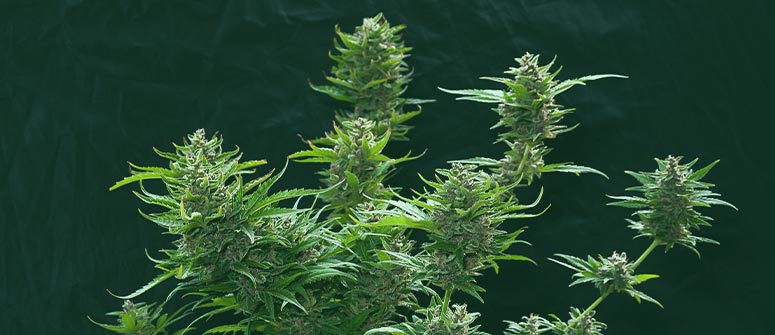
It's worth noting that super cropping needn't be a standalone technique. Indeed, it can be combined with other training methods, such as main-lining and LST, to produce even larger yields. So, if you're looking to get the most out of your marijuana crop, consider including super cropping as part of your overall training strategy.
As is likely evident by now, super cropping is a great technique for growers looking to increase the yield and potency of their cannabis plants. By bending the stems, you encourage the formation of a lower, bushier, more even canopy; the stress inflicted may also help to encourage greater trichome production.
Super cropping can be performed on essentially any branch of the cannabis plant, but it's important to only do so during the vegetative stage. Always remember to be gentle and monitor your plants closely to ensure they heal properly. Once the plant reaches the flowering phase, you should stop using this technique. Also, if you're growing autoflowering cannabis, perhaps forego super cropping and stick with low-stress training methods.
If you're ready to get the most out of your cannabis plants, give super cropping a try, and see the amazing results for yourself!
.jpg)
.jpg)

.jpg)
